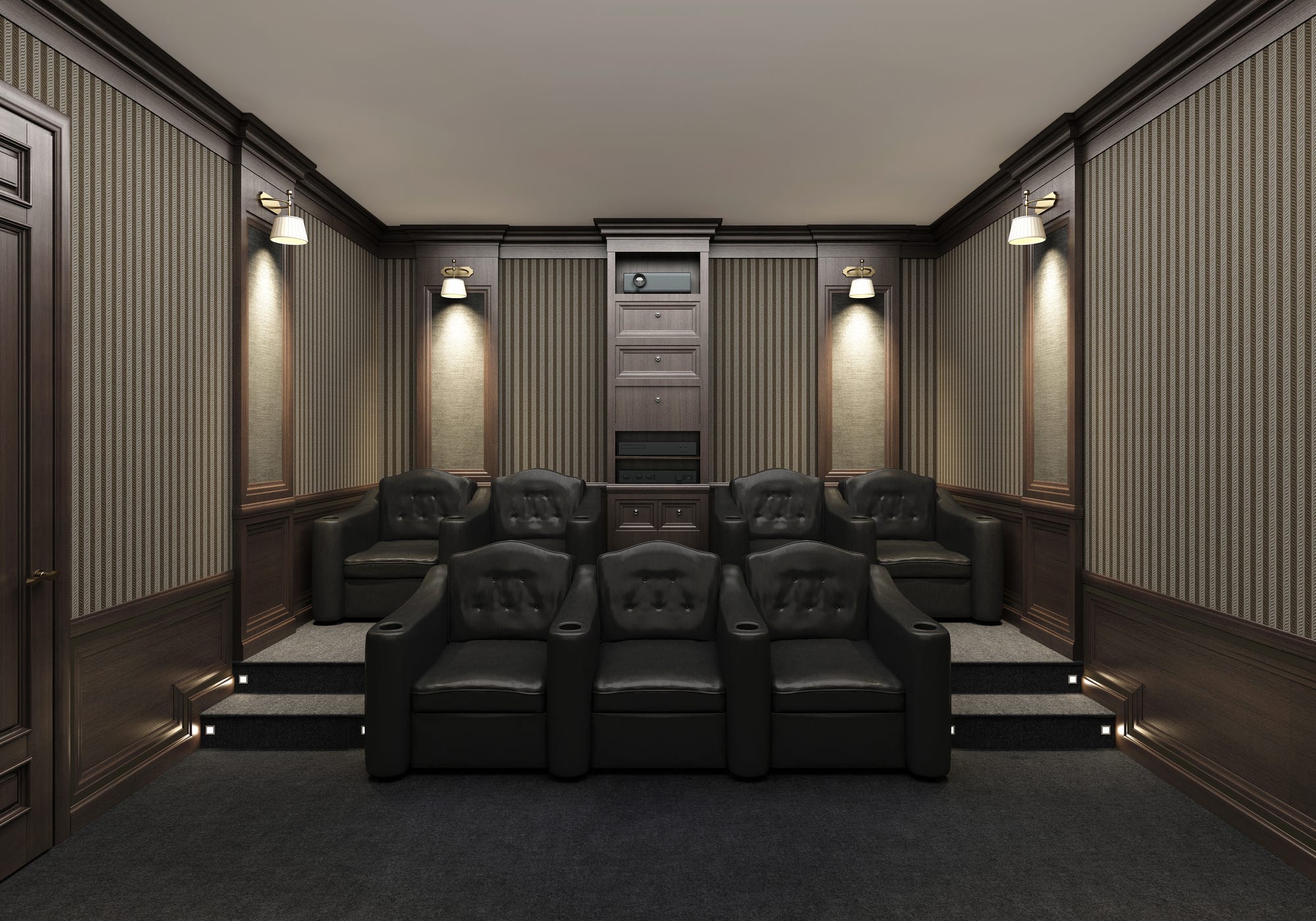
The power and quality of the home theatre has grown exponentially in recent years, to the point where commercial movie theatres are practically going extinct. Between hi-fi speakers, HDTVs, streaming services, and social distancing to top it all off, home theatres have never been more popular.
One of the most important components of an immersive home theatre is the surround sound technology. This is what allows a home movie experience to truly compete with the big screen. Although most movie-lovers rely on it, the encoding technology that creates a surround sound experience is not well understood. Let's have a look at the major developers of these technologies and their latest releases in the surround sound industry.
Dolby and Dolby Atmos
If you have any interest in home theatre, you've probably heard of Dolby. That's because they're considered the industry leader when it comes to surround sound in both commercial and home theatre setups. Dolby has been in the surround sound spotlight since their beginning in the 1960s. Their first-ever release, Dolby Noise Reduction, was actually used to reduce tape hiss on analog recordings. They've certainly come a long way since then, releasing a number of multichannel encoding technologies over the years that are made for both commercial and home use.
The term "multichannel encoding" refers to the technological process that makes surround sound possible. If you don't know already, "channels" refer to the different sections of the audio that are sent to different speakers. So, in multichannel encoding, audio with information for multiple channels is encoded, or compressed, into stereo (two channels) for storing and streaming. These compressed channels are then decoded by your compatible devices (usually an AV receiver) and each channel is sent to its respective speaker.
The major encoding technologies for home theatre use released by Dolby include Dolby Surround Sound, Dolby Digital, Dolby EX, Dolby Pro Logic, Dolby Digital Surround EX, and Dolby Atmos.
Dolby Atmos, introduced in 2012, is the latest Dolby release that once again transformed the abilities of home surround sound. Expanding on all the speaker channels included in a 5.1 or 7.1 system, Atmos adds height channels, allowing for three-dimensional audio encoding that is reproduced through overhead or upward-firing speakers. With Atmos, up to 64 channels can be encoded. Many modern receivers now support Dolby Atmos.
DTS and DTS:X
The main competing surround sound developer is Digital Theater Systems, or DTS, which first hit the scene in 1993. Their first encoding system was used for the iconic film Jurassic Park and featured a slightly higher bit-rate than the competing Dolby system at the time, Dolby Digital. DTS has remained a major player in the industry since then, with numerous DTS variants released over the years, including DTS ES, DTS EX Matrix 5.1, DTS 96/24, DTS HD, DTS Neo:X, , and DTS:X.
DTS:X is the main competitor to Dolby Atmos, delivering an object-based three-dimensional multichannel format. Released in 2015, DTS:X supports up to 32 channels, but it allows user to arrange their speakers in any configuration and use a receiver's auto-calibration feature to optimize the system. Users can also adjust sound objects manually to emphasize specific channels and sounds.
DTS has two other recent releases: DTS: Virtual X and DTS Headphone:X. The former utilizes newly developed audio technology to analyze incoming audio and create a 3D in real time without the need for added height speakers. As the name implies, DTS Headphone:X is specifically designed to optimize the surround sound experience in a pair of headphones.
Auro-3D
Hiding in the shadows of Dolby and DTS lies Auro-3D. While many haven't heard the name, this technology has been around well before the release of Dolby Atmos or DTS:X. With some compatible receivers, mostly released by Denon and Marantz, you can employ Auro-3D technology at home -- for a cost.
Auro-3D creates surround sound with a three-tiered audio system; in other words, it can add up to three height layers on top of a traditional surround mix to be added to any 5.1 or 7.1 channel system. There are limitations to Auro-3D compared to proprietary Dolby and DTS technologies, which is probably why it has evaded the forefront of the industry thus far. However, it sees growing popularity in Japan and Europe, so we may be seeing more of it in years to come.






